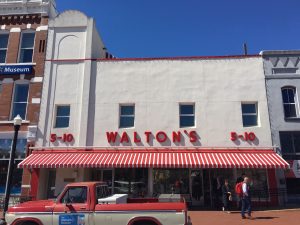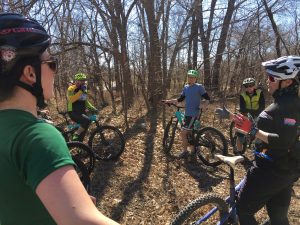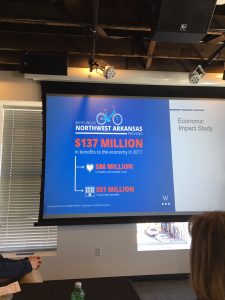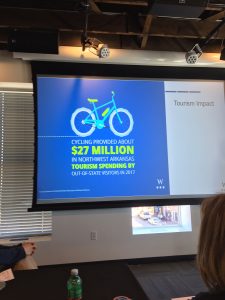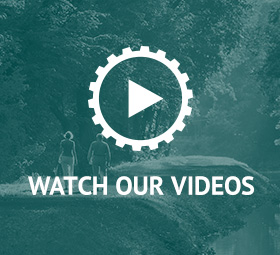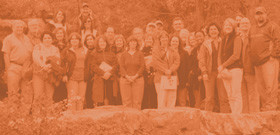The D&L Blog

By Executive Director Elissa Garofalo
Attending the second gathering of regional trail networks was an inspiration. Fifty trail building practitioners from around America convened in Bentonville, Arkansas as guests of the Walton Family Foundation. It was a follow up to last year’s gathering hosted by the Pennsylvania Environmental Council (PEC) and the William Penn Foundation.
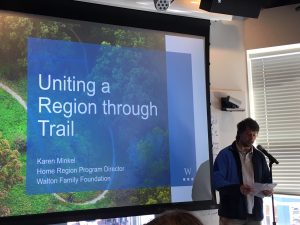
What started as a call to action by PEC for a national coalition of long distance trail builders is now an organic self-sharing alliance made up of the professionals who plan, build, maintain, and operate some of the best regional trail networks in rural and urban America… think Austin, Miami, San Francisco, Northwest Arkansas, St. Louis, North Carolina, Pittsburgh, Philadelphia, and yes, the D&L and the Lehigh Valley!
Our time together began with Chuck Flink’s look back at the early movement to plan, design and build long distance green routes across America. See our video interview with Chuck here. With several Pennsylvanians in the room, it was heartening to see Rachel Carson among the pioneers. We ended two days later with resolve to work on a set of five goals and a recognition that it’s time to create new models for the future of a national network of trails and greenways.
But what does this all mean and how will this benefit the D&L Trail? Consider these takeaways.
Number One – We have much in common as we struggle with funding. But we are all very resourceful. Looking at the pie charts that illustrate where the dollars originate to build our trails and greenways, one finds that we are all masterful in raising funds from most of the sources that are out there: federal, state, corporate, philanthropic, local money plus a dozen or so creative sources such as crowdsourcing, improvement districts and tolls.
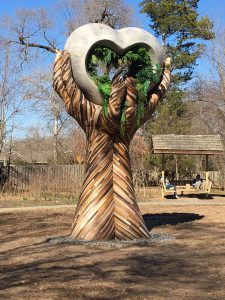 Number Two – There’s a white elephant in the room. We have a lot of work to do when it comes to diversity, equity and inclusion. While this isn’t going away overnight, I will start the conversation right now by acknowledging the D&L Trail is located on the ancestral lands of the Lenape people. In addition, the places where gaps continue to challenge us (Allentown and Luzerne County) have the most challenged income, health, and mobility demographics.
Number Two – There’s a white elephant in the room. We have a lot of work to do when it comes to diversity, equity and inclusion. While this isn’t going away overnight, I will start the conversation right now by acknowledging the D&L Trail is located on the ancestral lands of the Lenape people. In addition, the places where gaps continue to challenge us (Allentown and Luzerne County) have the most challenged income, health, and mobility demographics.
Number Three – Rail Trail Conflicts. Across the country trail advocates are dealing with pinch points, at grade crossings, acquisition and/or liability issues involving railroads on a case by case basis. Talk to five different trail builders about five different railroads and you’ll find we all share the same issues but there is no single path to the our infrequent success stories. We are not alone.
Number Four – There are still some folks missing at the table. You do anything long enough and you end up wearing unintended blinders. When like-minded talented pros gather, it’s hard not to come away with an invigorating view of the possibilities and opportunities we have in our own backyard. But perhaps there are some stones that have been inadvertently left unturned.
- Our highways are clogged with interstate commerce… why not invest in the region’s trail and Greenway network and provide an alternative to driving automobiles?
- Hospitals invest in fitness centers… why not in building trails?
- Our forefathers left us level and direct paths that connect northeastern PA to the Lehigh Valley and Philadelphia. Why not invest in this path?
- Our small towns and villages and cities struggle for economic viability… why not embrace the outdoor industry, one of PA’s top income generators?

